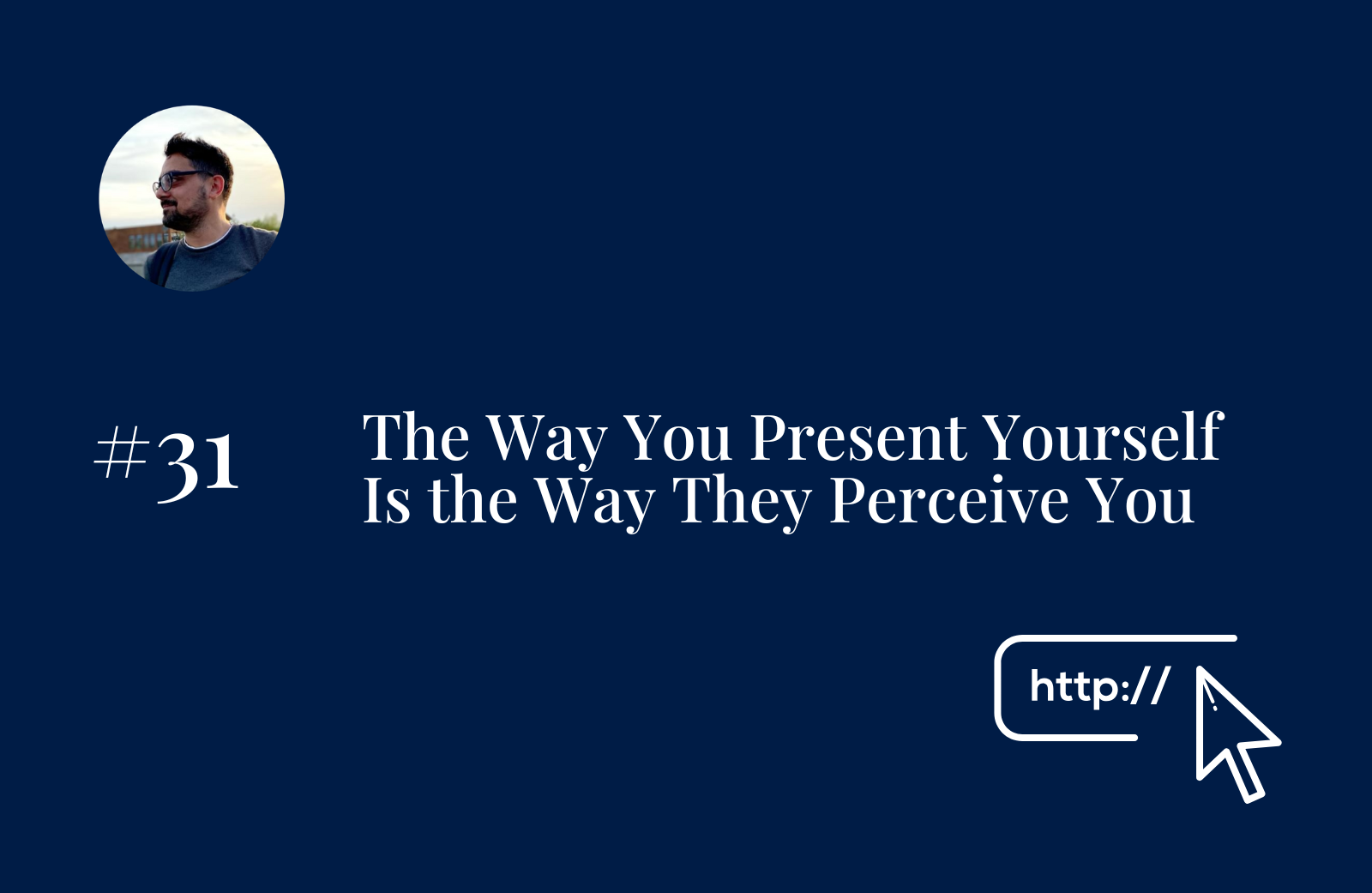
13 Nov Personal Brand – Your Presence on the Internet
Nov 13, 2024
Almost everyone knows that in today’s world, if you want to remain hidden, simply never publish anything about yourself on the internet. On the other hand, if you want people to know about you, open your phone or laptop and share something about yourself.
It’s as simple as that. But sharing about yourself isn’t the only necessary thing if you want to build a personal brand. You must share content that is valuable to people!
By the way, the above statement isn’t 100% true. Years ago, I met a guy (I won’t mention names or the place where I met him) who was obsessed with not publishing information about himself on the internet. He was so good at it that he developed another skill – how to find another person. And it makes sense, because if you know how to hide, you definitely know what would expose you if you didn’t hide well.
That’s why companies and other people were seeking his services, especially companies who had two particular needs – to find as much information as possible about company A or person B. As you might guess, the guy I met was very difficult to find because the only way to know him is another person who knows him. So, he was one of those guys for whom you’d say: “I know a guy, who knows a guy, who knows a guy”. True story!
My point is that this person also had a personal brand, but because of the nature of the services he offered, he had to be hidden from the public. However, keep in mind that this is an exception. In general, you have to expose yourself on the Internet and create content that is valuable for others!
Channels of Exposure
There are a few ways to be visible on the internet:
- Static information: The purpose of this channel is to present yourself to others. Think of it as an ‘About Me’ page where I can read about who you are, your education, lifestyle, and anything you consider important to share with me. In summary, the purpose of this channel is to say “Hey! This is who I am.” You can do this through:
- a personal website or by publishing information about you on a third-party website.
- Social media platforms like Instagram, TikTok, LinkedIn, Facebook, Twitter, etc.
- Dynamic information: The purpose of this channel is to create valuable content for a wide audience on a regular basis. With static content, we say “Hey! This is who I am,” and with dynamic content, you engage with people regularly so that they don’t forget about you. But you aim to give them something valuable. This can be done through:
- social media,
- video content on platforms like YouTube or Udemy,
- podcasts,
- newsletters,
- digital or hard copy books
- guides,
- or interviews with you taken by someone else.
All these channels can form a complex, strategically-designed funnel with the purpose to eventually sell a service or product to your audience, however we won’t discuss that aspect of personal branding right now.
Personally, as of writing this article, I have a personal website and a presence on LinkedIn. I also have a newsletter.
Which of these channels you choose depends on your goals and resources. For example, if you don’t have enough financial or time resources, I wouldn’t advise you to publish content on no more than one or two dynamic channels. The reason is simply because creating valuable content requires effort.
Essentials
Regardless of which dynamic and static channels you develop, there are a few critically important things to keep in mind:
- What’s the goal? Align whatever you publish on your channels with your strategy. What do you want to achieve by publishing certain information? For example, if you want people to use the services of your marketing agency, tell them something about marketing.
- Portfolio: If you’re a software developer, painter or generally a person who develops new products or sells services regularly, be sure to keep your portfolio updated. If people are going to use your services, they’ll want to know what you’ve done before.
- Visuals: If you’re publishing photos of yourself, be sure to use a good camera or hire a professional photographer. If you’re going to take the photos yourself, take a course that teaches you how to do this.
